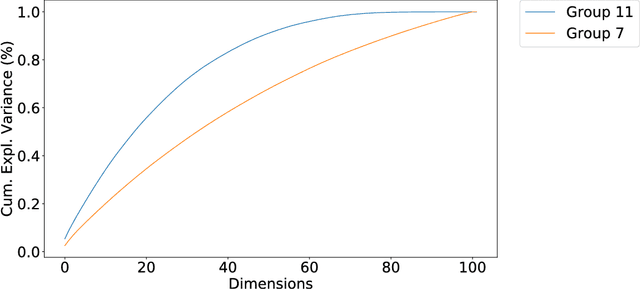Emmanuel Stapf
Trustworthy AI Inference Systems: An Industry Research View
Aug 10, 2020Abstract:In this work, we provide an industry research view for approaching the design, deployment, and operation of trustworthy Artificial Intelligence (AI) inference systems. Such systems provide customers with timely, informed, and customized inferences to aid their decision, while at the same time utilizing appropriate security protection mechanisms for AI models. Additionally, such systems should also use Privacy-Enhancing Technologies (PETs) to protect customers' data at any time. To approach the subject, we start by introducing trends in AI inference systems. We continue by elaborating on the relationship between Intellectual Property (IP) and private data protection in such systems. Regarding the protection mechanisms, we survey the security and privacy building blocks instrumental in designing, building, deploying, and operating private AI inference systems. For example, we highlight opportunities and challenges in AI systems using trusted execution environments combined with more recent advances in cryptographic techniques to protect data in use. Finally, we outline areas of further development that require the global collective attention of industry, academia, and government researchers to sustain the operation of trustworthy AI inference systems.
Towards Fine Grained Network Flow Prediction
Aug 20, 2018



Abstract:One main challenge for the design of networks is that traffic load is not generally known in advance. This makes it hard to adequately devote resources such as to best prevent or mitigate bottlenecks. While several authors have shown how to predict traffic in a coarse grained manner by aggregating flows, fine grained prediction of traffic at the level of individual flows, including bursty traffic, is widely considered to be impossible. This paper shows, to the best of our knowledge, the first approach to fine grained per flow traffic prediction. In short, we introduce the Frequency-based Kernel Kalman Filter (FKKF), which predicts individual flows' behavior based on measurements. Our FKKF relies on the well known Kalman Filter in combination with a kernel to support the prediction of non linear functions. Furthermore we change the operating space from time to frequency space. In this space, into which we transform the input data via a Short-Time Fourier Transform (STFT), the peak structures of flows can be predicted after gleaning their key characteristics, with a Principal Component Analysis (PCA), from past and ongoing flows that stem from the same socket-to-socket connection. We demonstrate the effectiveness of our approach on popular benchmark traces from a university data center. Our approach predicts traffic on average across 17 out of 20 groups of flows with an average prediction error of 6.43% around 0.49 (average) seconds in advance, whilst existing coarse grained approaches exhibit prediction errors of 77% at best.
 Add to Chrome
Add to Chrome Add to Firefox
Add to Firefox Add to Edge
Add to Edge